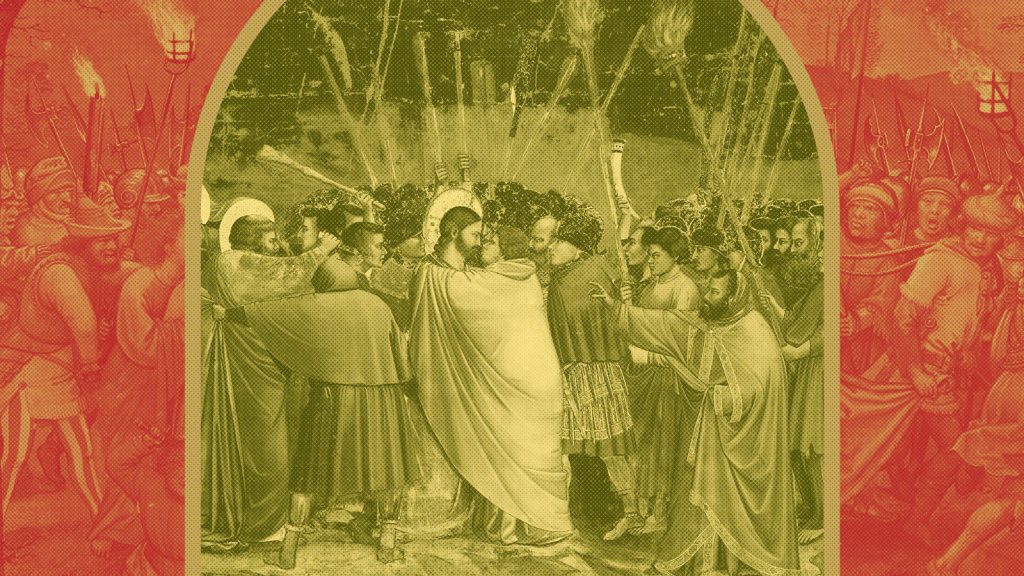Assessing Fear
Fear sits at the foundation of all hatred; fear is a core driver of conflict. If you hope to reconcile disputes, you’ll want to gain a working knowledge of fear. You will want to hone your assessment skills as you learn to conduct “reality checks.”
Locating and Identifying Fear
When you seek to resolve conflicts that have stolen your peace of mind or when you seek to help others resolve conflict, you will often encounter mystery and confusion. At first you will not see the actual drivers of the conflict with clarity. Your initial efforts at reconciliation may hit a wall of confusion and you may walk away, assuming your efforts will be futile.
Rather than depart without securing reconciliation, you will want to initiate an in-depth assessment. You will want to play detective and uncover the precise role fear plays in a particular conflict.
In some instances, the fear driving a dispute will be obvious. The disputants will openly display negative emotion. They will express their fear explicitly. More often, however, their fear will be buried. It will need to be unearthed.
However, in many instances, destructive fear will not even be found in the hearts and minds of the reconciliation participants. The fear driving the conflict will belong to a person operating “offstage” in the shadows—a destructive hidden influence.
These covert agents will exert influence from the sidelines. Using gossip and other deceptive means, the hidden influence will choreograph the dispute to assuage his fears. As long as the other parties, the disputants, fight one another, they will be unaware of the covert hidden influence operating from the sidelines, from the shadows.
The Assessment
Your analysis of conflict drivers will include identifying the precise origin of the fears in play. You may wish to build your assessment using the following categories of fear-driven behavior.
Fear drives tyrants.
There are people, a small percentage of Mankind, who view all other humans as enemies, as assassins from whom they must protect themselves. They imagine that, in order to survive, they must control all other people. They believe they must preemptively defeat and place their fellow man in bondage. This hidden existential level of fear fuels tyrannical impulses.
Fear precedes violence.
A fearful person imagines he is a target. He imagines he will become a victim of others’ evil intentions if he does not strike first. If a conflict has escalated into violence, an assessment will be needed to locate triggers that morphed fear into violence.
Fear fuels hatred.
Hate is violence “on hold.” It is latent violence. In the short term, a fearful person may hold fear somewhat in abeyance—they may harbor hostile viewpoints rather than take violent action. They feel others deserve to be harmed, and thus they wish them harm silently or through verbal expressions. While a person who hates may not engage in violence, their expressions of hate may lead others to violence. During an assessment a mediator will seek to identify the precise fear simmering underneath the hate.
Fear generates conflict.
Disputants who end up in conflict are typically afraid that another person intends to diminish or block their ability to be something they want to be, or stand in the way of their having something they need or want, or prevent them from doing what they want to do. In all cases they fear their existence will be blunted or diminished.
Fear drives hatred for God, support for atheism.
Fear of an almighty, divine cause strikes some with profound existential fear. The idea that they might be the effect of spiritual causes provokes deep fear that gives rise to hatred for a deity. The existence of a divine component of existence is not seen as good news for them, but as a reason for terror.
Fear cripples the human heart, damaging the ability to love.
Assessment should track the loss of affinity between disputants. Uncovering the time when one lost an ability to like or love another will often reveal the moment fear was introduced. Skilled assessment might produce an immediate increase in affinity.
Fear creates the impulse to “belittle and make nothing of others.”
A mediation participant who attempts to “make nothing” of another through ridicule and derisive comments may seek to tear down the other in order to manage fear. An assessment should surface the fear in play.
Fear drives Man’s desire to enslave fellow man.
A person suffering major fear might surmise the only way they can be safe is for everyone else to be restrained. They might believe they will be safer if all those who might do them harm (real or imagined) were enslaved.
Fear motivates tyrants, bullies, and slave masters.
Those who commit harmful acts against others constantly fear retribution. Once they harm others, they are motivated to escalate acts of brutality in a vicious cycle of transgressions followed by fears of retribution. They harm others and then fear they will be harmed by those they hurt.
Fear infuses the minds of psychopaths, murderers, and genocidal despots.
The worst purveyors of evil, those who commit heinous crimes, are driven by extreme fear of non-existence. In their distorted view, their survival depends on subduing or obliterating all living creatures.
Fear explains the dynamics of evil.
Fear drives evil acts. If one wishes to understand the problem of evil, one must understand fear dynamics.
Scripture abounds with warnings to “be not afraid” and “fear not.”
At first glance, such admonitions might seem to be consolation. When we look closer, however, we recognize the words counsel us to avoid fear so we do not slip into hate, conflict, and destructive acts.
